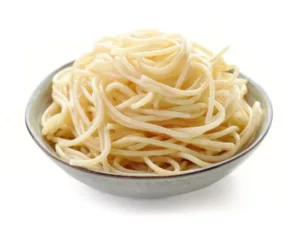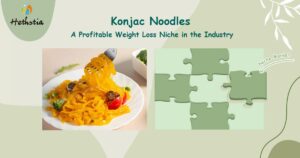Introduction to Konjac glucomannan
Glucomannan is a new product obtained by processing and extracting on the basis of ordinary konjac powder.
It further separates starch, pigments, and alkaloids in konjac powder, especially removing the alkaloids contained in ordinary konjac powder.
Sulfur dioxide, a harmful substance, successfully overcomes the weakness of ordinary konjac flour such as impurities such as multi-pigment, poly-alkaloid, poly-starch, and multi-fiber branched chains that are not easy to expand.
In particular, the finished product has good quality, no special odor, and good color, which is favored by the majority of customers and is a substitute for ordinary konjac flour.
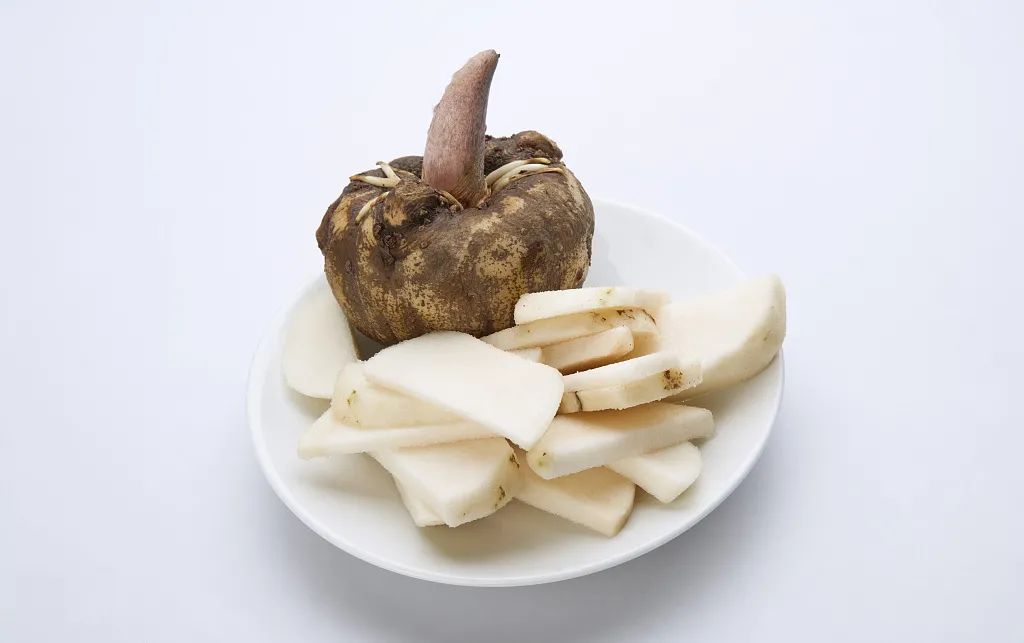
Chemical structure
It is a macromolecular heteropolysaccharide formed by the polymerization of glucose and mannose residues with a molecular ratio of 1:1.6 to 1.7 through β-1,4 glycosidic bonds.
It’s a water-soluble non-ionic polysaccharide, the main chain is connected by D-mannose and D-glucose with B-1,4 pyranose glycan bonds and exists in the c, position of the main chain mannose.
Looking back at the branched structure with B-1,3 bonds, there are about 3 branches per 32 sugar residues, and some sugar residues have acetyl groups.
Natural konjac glucomannan is composed of radially arranged micelles, and its structure has two types: d-type (amorphous) and p-type (crystalline).
X-ray diffraction analysis showed that the konjac glucomannan particles displayed an approximately amorphous structure.
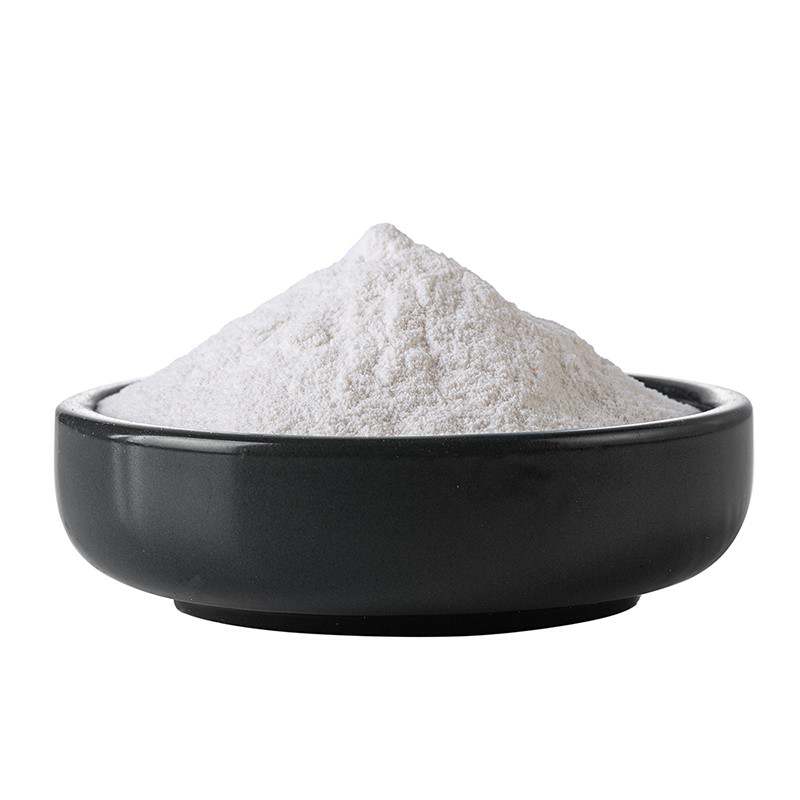
Characteristic of Konjac glucomannan
Water solubility and water retention
Konjac glucomannan molecules contain a large number of hydroxyl, carbonyl, and other hydrophilic groups, which can bind a large amount of water, and combine with water molecules through hydrogen bonding, molecular dipole, induced dipole, transient dipole, and other forces to form a difficult to combine substances.
The free movement of the giant molecules makes the konjac glucomannan solution in water become non-Newtonian fluid and prompts the konjac glucomannan macromolecules to establish a network structure in the gel food, the water retention capacity is 40 times its own weight.
Thickening
Due to its large molecular weight it, the strong ability to bind water, and the high viscosity of the aqueous solution, the viscosity of 1% konjac flour can reach tens to hundreds of Pascals, so it has a good thickening effect.
In addition, it has no charge and is a non-ionic polysaccharide, compared with thickeners such as xanthan gum and guar gum. Its thickening properties are less affected by salt.
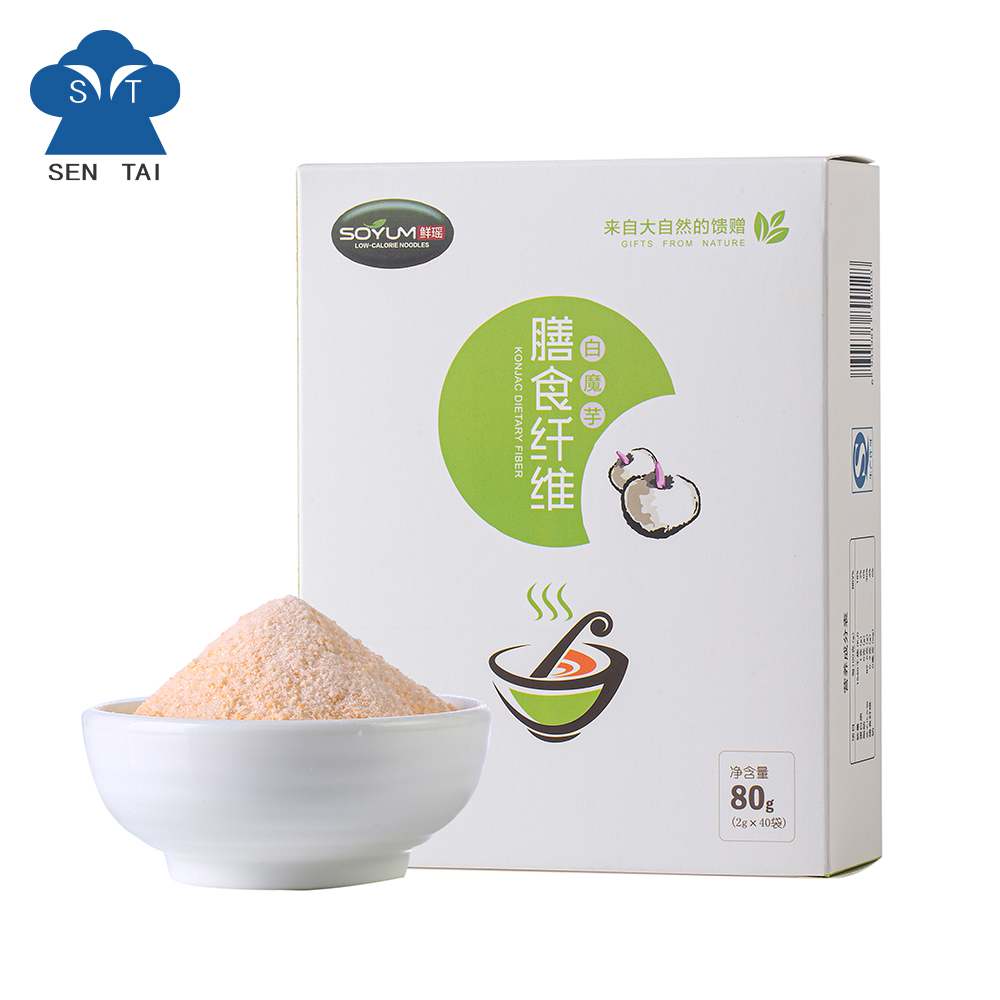
Gelling
When the concentration of its solution is between 2% and 4%, it is shear-thinned under the action of strong stirring and has a certain fluidity. After standing, the fluidity becomes smaller and a gel is gradually formed.
The combination of it with xanthan gum and carrageenan has a strong gel synergy; when compounded with carrageenan, the greater the proportion of konjac glucomannan, the stronger the gel toughness; on the contrary, the gel brittleness the stronger.
The gels formed by konjac glucomannan under the above conditions are thermally reversible. However, when heated under alkaline conditions, such as KOH, NaOH, Na2CO, K2CO, etc., the formed gel is thermally irreversible.
This is due to the hydrolysis of the ester bond formed by the acetic acid and the hydroxyl group on the sugar residue on the konjac glucomannan chain when heated under alkaline conditions.
That is, the acetyl group is removed, the glucomannan becomes naked, and some intermolecular hydrogen bonds are formed to produce crystallization. With this crystal as a node, a network structure (ie, a gel) is formed, and this gel is thermally irreversible.
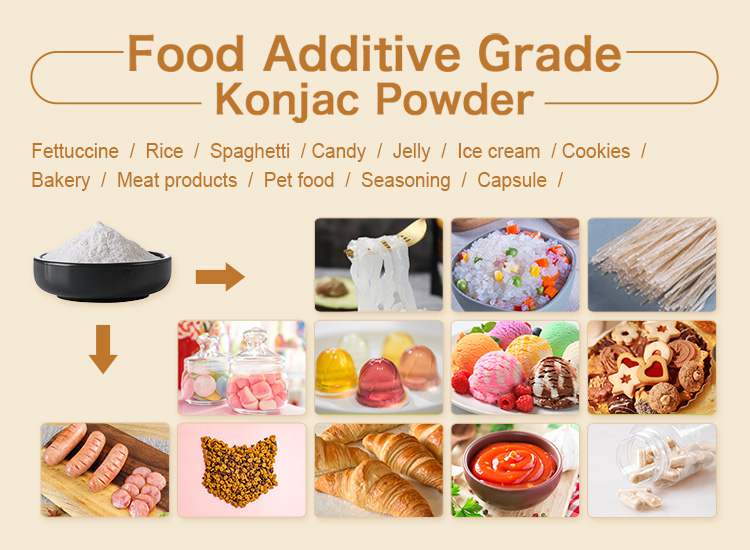
Film-forming
Modified konjac glucomannan has good film-forming properties, and can form a hard film with adhesive force, transparency, and high density after heating and dehydration under alkaline conditions (pH>10). , hot water and acid solutions are stable.
The addition of humectants can alter the mechanical properties of the film. As the amount of humectant added increases. The strength of the film decreases and the flexibility increases.
The water permeability of the membrane is affected by the properties of the additives. Adding hydrophilic substances, the water permeability of the membrane increases; adding hydrophobic substances, the water permeability of the membrane decreases.
Reversibility
Most substances are solid at low temperatures and liquid at high temperatures.
However, konjac glucomannan sol has a peculiar reversibility. It is liquid or paste at low temperature (10.15°C), and becomes solid or semi-solid at normal temperature or heated to above 60°C. After cooling back to liquid.
This peculiar property makes it play a positive role in the food processing and preservation of agricultural products.
In addition, It has the characteristics of emulsifying, suspending, and stabilizing.



